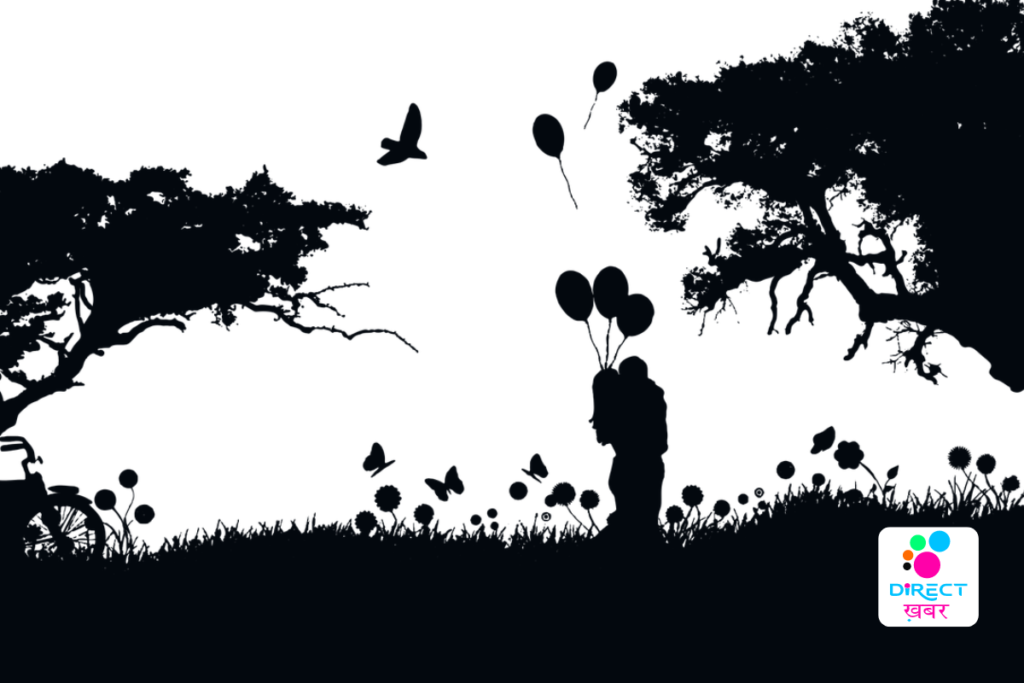The Evolution of Love: From Ancient Times to Modern Relationships
Love, an enigmatic force that has captivated humanity for millennia, has evolved in fascinating ways from ancient times to modern relationships evolution. Throughout history, the concept of love has been shaped by cultural, societal, and individual factors, leaving an indelible mark on how we perceive and experience this complex emotion. In this exploration, we delve into the evolution of love, tracing its journey from ancient civilizations to contemporary society.

Ancient Love:
In ancient civilizations such as Mesopotamia, Egypt, and Greece, love was often intertwined with mythology and religious beliefs. The Greeks, for instance, had various terms to describe different types of love, including eros (romantic love), philia (platonic love), and agape (unconditional love). Love stories from this era, like the myth of Pyramus and Thisbe or the epic of Gilgamesh, reflected the evolution ideals and values of their societies.
Medieval Courtly Love:
During the Middle Ages, the concept of courtly love emerged as a romantic ideal among nobility. Courtly love, characterized by chivalry, admiration, and devotion, often existed within the context of arranged marriages. Literature from this period, such as troubadour poetry and Arthurian legends, celebrated the pursuit of love and the ideals of loyalty and sacrifice.
Renaissance and Romanticism:
The Renaissance witnessed a resurgence of interest in humanism and individualism, which influenced the perception of love. Art and literature of this period, exemplified by Shakespeare’s Romeo and Juliet, portrayed love as a powerful and transcendent force capable of defying social norms and conventions. Romanticism further romanticized love, emphasizing intense emotions, nature, and personal expression.
Victorian Era:
In the Victorian era, love was often constrained by strict social mores and etiquette. Courtship rituals were formalized, and marriages were often arranged for economic or social advantage. However, romantic gestures and sentiments were expressed through poetry, letters, and elaborate courting rituals. Novels like Jane Austen’s Pride and Prejudice explored the themes of love, marriage, and societal expectations.
Modern Relationships:
The 20th and 21st centuries have witnessed profound shifts in societal attitudes towards love and relationships. The rise of evolution of individualism, feminism, and LGBTQ+ rights has led to greater autonomy and diversity in romantic partnerships. Concepts such as companionate marriage, where spouses seek emotional fulfillment and companionship, have become more prevalent. Moreover, advancements in technology have transformed the way we connect and form relationships, with online dating platforms and social media shaping modern courtship rituals.

Challenges and Opportunities:
Despite these advancements, contemporary relationships also face unique challenges. The fast-paced evolution of nature of modern life, coupled with work-life balance issues, can strain romantic connections. Additionally, the prevalence of digital communication has led to concerns about authenticity and intimacy in relationships. However, technology also provides opportunities for maintaining long-distance relationships and fostering connections across borders.
From the myths of ancient civilizations to the complexities of modern romance, the evolution of love reflects the ever-changing dynamics of human society. While the fundamental essence of love remains constant, its expression and interpretation continue to evolve in response to cultural, societal, and technological influences. As we navigate the complexities of modern relationships, it’s essential to appreciate the rich tapestry of love’s history and embrace its enduring power to inspire, unite, and transform lives.
In ancient times, love was intertwined with mythology and religious beliefs, shaping societal norms and individual experiences. The Greeks celebrated eros, the passionate and romantic love embodied by Aphrodite, while the Egyptians revered the bond between Isis and Osiris as a symbol of eternal devotion. These ancient tales reflected the aspirations and ideals of their respective civilizations, illustrating the timeless quest for love’s fulfilment and transcendence.
As civilizations evolved, so did the expression of love. The medieval concept of courtly love, with its emphasis on chivalry and devotion, emerged as a romantic ideal among nobility, influencing literature and art for centuries to come. During the Renaissance, love became a subject of intense exploration, as artists and writers sought to capture its essence through poetry, music, and visual arts.






